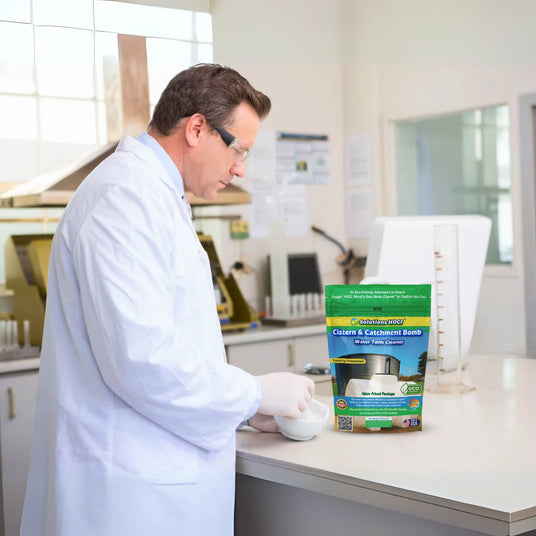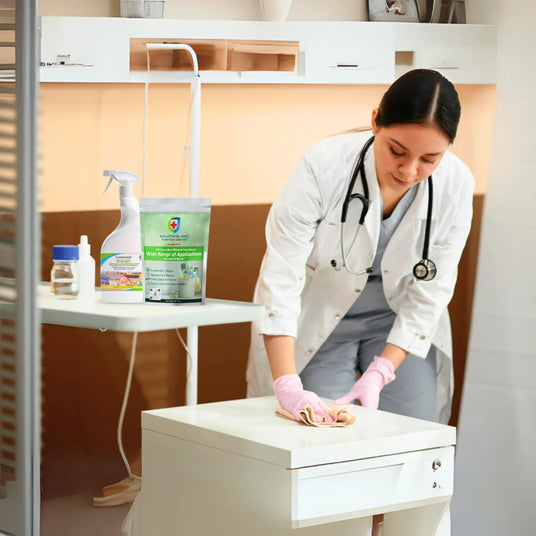
Our History
A Journey Rooted in Science, Evolved Through Purpose
At Solutions HOCl, our story is built on over 26 years of dedication to one simple belief: cleaning should protect your health—not put it at risk. From our origins in advanced water technology to becoming a trusted name in safe, nature-powered cleaning, every step has been focused on redefining what "clean" means.
From Lab to Life: 1990s – 2010s
Our journey began in the late 1990s with deep exploration into electrolysis and ionization systems. Our founders, driven by a passion for eco-conscious science, developed systems used in water purification, agriculture, and sanitation. We saw first-hand how hypochlorous acid (HOCl)—a substance produced naturally by the human body—could revolutionize cleaning when applied safely and effectively.
Our Timeline: Milestones That Matter

From Immune System to Clean Surfaces: The HOCl Philosophy
Today, HOCl is gaining notoriety as testing against many modern issues. With its long history of use, many new applications were discovered and tested to show amazing results. HOCl (hypochlorous acid) is produced as an immune response in all mammals. It is part of the chemistry of the human body. When an invasive element enters the body, as part of the immune system, it responds by sending white blood cells to the point of attack. These white blood cells are loaded with neutrophils carrying a superoxide anion, and attack issues via an oxidative burst. This burst is a reaction with the superoxide anion and myeloperoxidase to create hypochlorous acid (HOCl). The creation of HOCl illustrates the genius of the healing system and is reflected in the creation of HOCl to deal with the body’s issues.
“The objective of cleaning is not just to clean, but to feel happiness living within that environment.”
- Marie Kondo
How HOCl Works at the Cellular Level
Designed with Purpose, Built for Impact
Eco-Conscious
Zero harmful runoff, microplastic-free
Effective
Remove dirt & residue
Family-Safe















